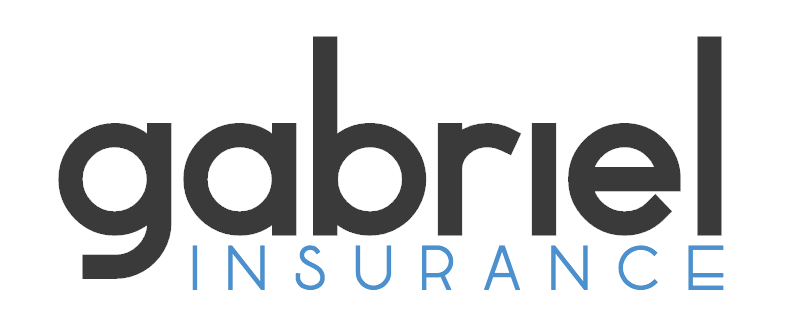Lydia G. Jilek | July 20, 2023
 Employers have focused significant time and energy over the last several years developing benefits programs for employees that support them in critical areas, but how many employees really understand them? And more importantly, how many people truly take advantage of them in the way they were intended? A thoughtfully designed benefits program will encompass all of these elements — but let’s pause to define them in the context of employee benefits.
Employers have focused significant time and energy over the last several years developing benefits programs for employees that support them in critical areas, but how many employees really understand them? And more importantly, how many people truly take advantage of them in the way they were intended? A thoughtfully designed benefits program will encompass all of these elements — but let’s pause to define them in the context of employee benefits.
FWB: Financial well-being — programs that employers put in place to help employees understand and better manage their financial position — both in the near term and over time
DEI: Diversity, Equity and Inclusion — an organization’s goal to create a welcoming and empowering environment where every voice is valued and heard, and associates feel confident bringing their full selves to work
VB: Voluntary benefits — optional benefits where premiums are paid by employees
Employers frequently implement programs in each of these three pillars, but few pull them together to draw the connections for their employees to help them understand how they work together and appreciate their significance. And fewer still are able to continue the communication thread over the year to help employees drive the greatest value from their plans.
A closer look
When it comes to financial well-being, an employer may offer a program to help employees understand their finances, develop a budget and implement an emergency savings account, but rarely do they simultaneously communicate about voluntary products that could augment this program.
Examples of voluntary benefit amplification from financial well-being program:
• An accident plan that may cost $150 annually could help protect a hard-won savings account by paying for an unexpected broken bone resulting in over $1,000 of out-of-pocket medical costs
• A critical illness plan that pays a tax-free lump sum of $10,000 or more that could supplement a disability plan to create a more stable stream of income
• A legal plan that could help cover the cost of developing a will as part of a comprehensive financial plan
Similarly, a thoughtful DEI strategy can help drive attention to voluntary benefit offerings and communications that are most appropriate for employer groups and their employees. For example:
• An employer with a number of employees living with extended families may want to consider carriers that offer coverage for dependent parents within their voluntary benefits plans
• Consider an ID theft plan carrier with an expansive definition of family under their family plan
Communication is critical
Once an employer, in conjunction with its consultant or broker, has taken the time to develop a thoughtful and comprehensive plan, it is imperative to effectively communicate it to employees. The best designed plan that no one understands is wasted.
This task encompasses resources and communications about how each of the planks of the program work independently and how they can stitch together, as well as how employees can not only enroll, but also stay engaged and derive value from their benefits.
Resources that can help employees aggregate benefits include:
• Online tools that support data-driven insights about employee populations
• Customized recommendations to targeted employee segments
• Decision and educational resources to find solutions that meet unique needs
• Enrollment and post-enrollment analysis to support customized communications
It’s important for employers to work with their benefits carriers, trusted broker or consultant, and internal teams to ensure the experience being communicated is executed in every aspect of the journey. This approach builds trust with employees and demonstrates a commitment to a thoughtful end-to-end experience.
Examples of such tactics include:
• Honoring expanded gender definitions and communicating with customers in their preferred name during every step of the process
• Providing features that make benefit utilization easier, in turn supporting families’ financial well-being, such as proactive labor and delivery hospital claims, which commonly deliver financial resources before the baby is even born
Quality employee benefits are essential to attracting and retaining employees, but they’re complicated. Employers that can help employees understand their benefit options and how to leverage and connect them to create strategies that support their unique circumstances are likely to experience enhanced employee satisfaction and appreciation. Additionally, offering meaningful ongoing communications is critical to keeping employees engaged with their benefits and confident in their ability to use them when needed.

Leave A Comment
You must be logged in to post a comment.